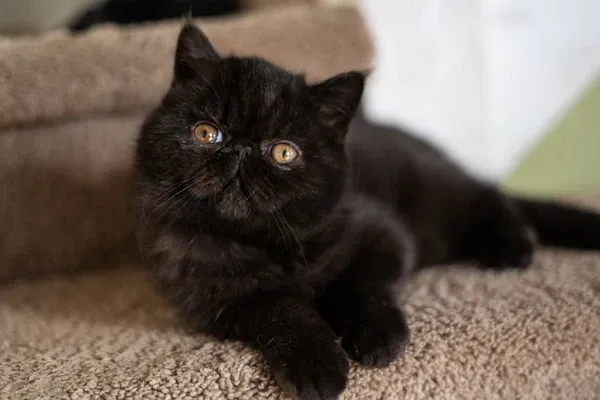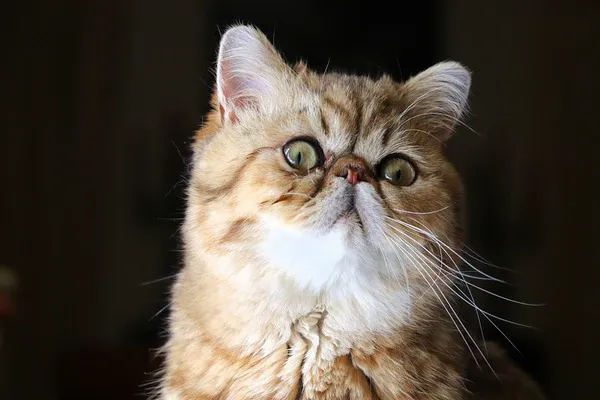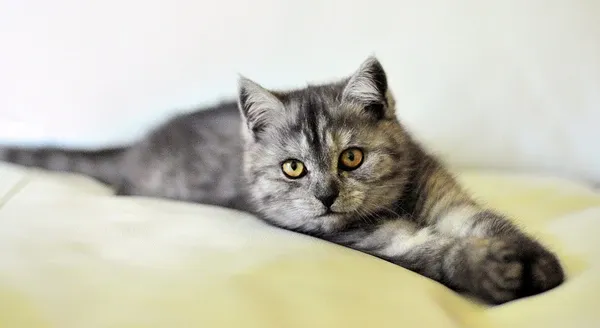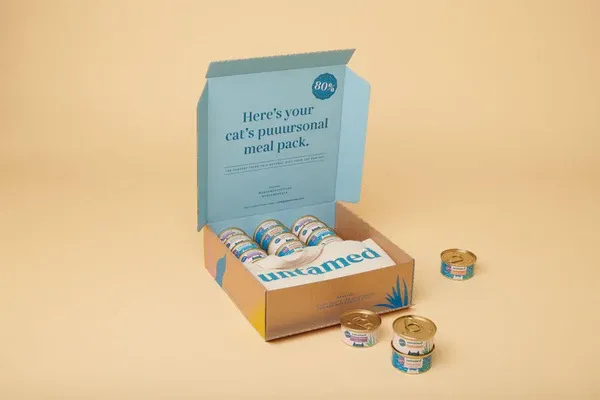Short hair Persian cats, also known as Exotic Shorthairs, offer all the charming qualities of their long-haired Persian counterparts without the intensive grooming demands. These cats boast luxurious, dense short coats that minimize shedding and hairballs while retaining the signature flat face, round eyes, and cuddly personality. If you’re considering adopting a short hair Persian cat, understanding their history, temperament, physical traits, health needs, and care routine is essential for providing the best possible life for your feline companion.
Much like other flat face cat breed varieties, Exotics have a distinctive appearance that turns heads, but it comes with specific care considerations. This guide covers everything from their origins to daily maintenance, helping new and experienced cat owners ensure their short hair Persian thrives.
The History of the Short Hair Persian Cat
The Exotic Shorthair, or short hair Persian cat, emerged unintentionally in the 1950s. Breeders of American Shorthairs crossed their cats with Persians, aiming to introduce the Persian’s striking silver coat and green eyes into the American Shorthair line. The result was unexpected: kittens with the full Persian physique—big heads, stocky bodies, and flat faces—but with plush short fur instead of long locks.
Further outcrosses with breeds like the Burmese and Russian Blue refined the type. The Cat Fanciers’ Association (CFA) officially recognized the Exotic Shorthair as a distinct breed in 1966. Today, it’s the second most popular breed worldwide, right behind the Persian, according to CFA data. Persians are still used occasionally for outcrossing, which means some Exotics carry the recessive longhair gene—mating two carriers has a 25% chance of producing long-haired kittens.
Temperament of Short Hair Persian Cats
Short hair Persian cats inherit the sweet, gentle, and affectionate nature of Persians. They’re lap cats at heart, loving quiet cuddles and human companionship. However, they’re not the sharpest learners; basic tricks like “sit” or “spin” require patience, clickers, and treats.
Key differences from classic Persians include:
- Playfulness: Exotics have a spark from their American Shorthair ancestry, enjoying interactive toys more than endless naps.
- Activity level: Less hyper than Bengals, Siamese like the flamepoint siamese, or Maine Coons, but they relish play sessions and “gifting” toys to their owners.
- Communication: More vocal than Persians, using melodic meows to express love or mild annoyance.
Males tend to be calmer and more devoted followers, while females are slightly more independent yet equally loving. Overall, they’re adaptable family pets, ideal for apartments.
 Playful Exotic Shorthair cat ready for fun with its owner
Playful Exotic Shorthair cat ready for fun with its owner
Physical Traits of Short Hair Persian Cats
Exotic Shorthairs mirror Persians in build and features, differing mainly in coat length. Here’s a breakdown:
| Feature | Description |
|---|---|
| Head | Large, oval with rounded forehead, full cheeks, and flat face |
| Ears | Small, rounded, set wide apart |
| Eyes | Huge, round in colors like copper, blue, blue-green, or odd-eyed |
| Neck | Short and thick |
| Body | Stocky, medium-to-large with broad chest and shoulders |
| Paws | Round, large with toe tufts |
| Tail | Short, thick, carried low |
| Coat | Dense, plush short fur—longer than typical shorthairs but low-maintenance |
| Colors | Diverse: solid, tabby, tortoiseshell, smoke, lilac, chocolate, grey cat breeds shades, and blue |
These traits make them resemble teddy bears, similar to relatives like the seal point himalayan cat.
 Adorable Exotic Shorthair showcasing its flat face and expressive eyes
Adorable Exotic Shorthair showcasing its flat face and expressive eyes
Common Health Issues in Short Hair Persian Cats
Like many flat-faced breeds, short hair Persian cats face breed-specific health risks due to genetics and brachycephaly. According to sources like PetMD and VCA Animal Hospitals, common issues include:
- Brachycephalic Airway Syndrome: Flat faces lead to breathing difficulties, snoring, heat intolerance, and higher infection risk.
- Polycystic Kidney Disease (PKD): Inherited cysts damage kidneys; ultrasound screening is recommended for breeding cats.
- Hypertrophic Cardiomyopathy (HCM): Heart muscle thickening; annual echoes advised.
- Eye Problems: Entropion, tear staining, progressive retinal atrophy (PRA), or corneal ulcers from shallow eye sockets.
- Dental and Jaw Issues: Misaligned teeth and overcrowded jaws increase periodontal disease risk.
- Other: Obesity, skin fold infections, and rare congenital hydrocephalus.
Early vet check-ups, genetic testing from reputable breeders, and weight management can extend lifespan to 12-15 years (VCA Hospitals). Always consult a veterinarian for personalized advice.
Grooming Requirements for Short Hair Persian Cats
Nicknamed the “lazy person’s Persian,” short hair Persians need far less grooming. Their dense coats resist matting, requiring just weekly brushing with a soft slicker or rubber brush to remove loose fur and distribute oils. Focus on:
- Brushing 1-2 times weekly.
- Nail trims every 2-3 weeks.
- Ear cleaning with vet-approved solution monthly.
- Dental brushing daily or dental treats.
- Occasional baths if soiled, using cat-safe shampoo.
Regular grooming bonds you with your cat and catches health issues early, like skin irritations in facial folds.
Maintaining Your Short Hair Persian’s Coat and Health
Beyond brushing, prevent hairballs and support vitality through lifestyle tweaks.
Hairball Control
Exotics shed less but self-grooming can cause issues. Promote prevention with:
- High-moisture wet food for hydration.
- Moderate fiber from cat-safe veggies like pumpkin.
- Daily play for bowel health.
- Access to cat grass for natural purging.
Balanced Nutrition
Diet impacts coat shine, weight, and longevity. Obligate carnivores need 70-90% animal-based protein, low carbs, and fats under 20%. Opt for vet-formulated wet foods over dry kibble, which can dehydrate and contribute to obesity—common in sedentary Exotics. Avoid grains if allergies arise.
Switching to quality nutrition often yields:
| Timeline | Benefits Observed |
|————–|——————————————————-|
| After 7 days| Better digestion, regular stools |
| After 2 months| Increased energy, muscle tone |
| After 4 months| Glossier coat, reduced hairballs |
| Long-term | Optimal weight, fewer vet visits |
Consult your vet for tailored plans, especially for kittens or seniors. See our guide on all kinds of cats for more breed insights.
 Exotic Shorthair cat curiously inspecting its food bowl
Exotic Shorthair cat curiously inspecting its food bowl
Final Tips for Thriving Short Hair Persian Cats
Short hair Persian cats bring joy with their plush looks and loving vibes, but success lies in proactive care: regular vet visits, playtime, and nutrient-rich diets. By addressing breed-specific needs like breathing support and genetic screenings, you can help your Exotic enjoy a happy 12-15 years.
Ready to welcome one home? Check local breeders via CFA, prioritize health-tested lines, and stock up on toys and premium wet food. Explore more cat care tips on our site!
 Premium cat food subscription ideal for Exotic Shorthair nutrition
Premium cat food subscription ideal for Exotic Shorthair nutrition
References
- Cat Fanciers’ Association (CFA): cfa.org
- VCA Animal Hospitals: Exotic Shorthair Breed Profile
- PetMD: Exotic Shorthair Health
- Catster: Exotic Shorthair Health Problems
